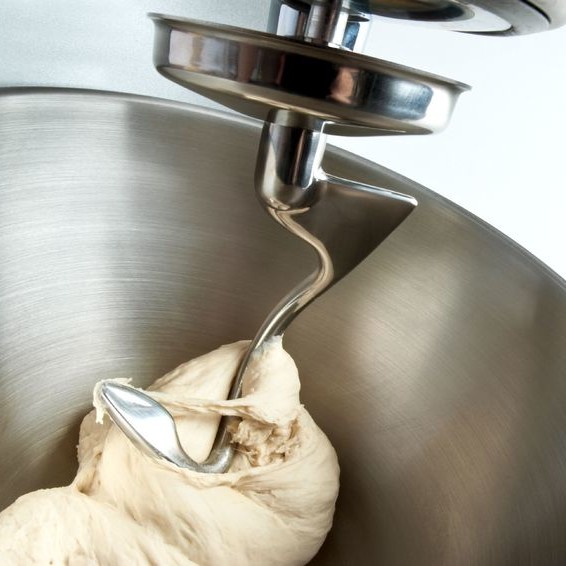
Equipment and Utensils
What are equipment and utensils?
Equipment and utensils are a set of assets used by a food production plant to carry out daily or ordinary activities within the value chain. These activities include:
- Food processing
- Packaging
- Storage of raw materials, works in progress, and finished products
- Logistics and transport
Equipment and utensils must comply with the Sanitary Design program, which establishes the set of characteristics and conditions that buildings, facilities, machinery/equipment, and utensils dedicated to manufacturing, processing, storage, transport, and distribution must meet in order to prevent physical, chemical, and biological risks that could affect the quality and safety of food products.1
Equipment and utensils can be classified as:
- Ancillary equipment
- Utensils used by labor/personnel (hand tools)
- Machinery and its parts
Ancillary equipment includes (nonfood- and food-contact equipment):2
- Motors
- Pumps and air compressors
- Piping and fittings
- Steam generation equipment (boilers)
- HVAC systems
- Valves
- Instrumentation and control devices
- Conveyors, chutes, tankers, silos, bins
Utensils used by labor/personnel (hand tools):3
- Spatulas
- Brushes
- Bowl knives
- Cutters
- Peels
- Spoons
- Bowl scrapers
- Straight tongs
- Rolling pins
- Whips
- Scales
- Hydrometers
- Refractometers
- Liquid measuring cups
- Manual thermometers
Machinery and its parts include:
- Fermentation tanks
- Mixers/Kneaders (planetary/spiral)
- Dough pumps
- Heat exchangers for liquid products
- Dividers, rounders, molders, panners
- Proofers
- Ovens
- Slicers
- Packaging lines
- Pans, trays, decks, tables
Regulatory compliance4
Equipment and utensils are thoroughly addressed in 21 CFR Part 117. This rule establishes that:
- They must be designed and constructed to be properly cleaned, sanitized and maintained to protect against food contamination and allergen cross-contact.
- They must be used appropriately to avoid the adulteration of food with lubricants, fuel, metal fragments, and contaminated water.
- They must be made of durable, smooth, non-corrosive, non-absorbent, and non-toxic materials.
- They should withstand the normal activities and manufacturing environment during their service life (processing conditions, cleaning compounds, sanitizing agents, and cleaning procedures)
- Any equipment intended for food preservation purposes (e.g., refrigeration, holding, and/or freezing units) must be fitted with a temperature measuring and recording device to show the temperature accurately within the compartment.
- Instruments and control equipment used for measuring, regulating, or recording temperatures, pH, acidity, water activity, heat flux, and humidity must be accurate and precise, and adequately maintained.
Components of an equipment and utensils program1
- Compliance with the Sanitary Design program
- Installation and maintenance procedures/guidelines (according to equipment manufacturer and process requirements)
- Storage and segregation procedures and policies of equipment and utensils
- Approval of new equipment and utensils
- Compliance with the maintenance program
- Education and training procedures of personnel responsible for the operation of equipment and utensils (could be included in the education and training program)
References
- AIB International. “Equipment and Utensils Program.” The AIB GMP and Prerequisite Guide, Chapter 17, 2018.
- Robberts, T.C. “Materials Handling.” Food Plant Engineering Systems, 2nd ed., CRC Press, 2013, pp. 235–250.
- Labensky, S.R. “Tools and Equipment for the Bakeshop.” On Baking: A Textbook of Baking and Pastry Fundamentals, 3rd ed., Pearson Education, Inc., 2016, pp. 22–44.
- U.S. Food and Drug Administration. “21 CFR 117 – Current Good Manufacturing Practice, Hazard Analysis, and Risk–based Preventive Controls for Human Food.” 1 Apr. 2017, https://www.accessdata.fda.gov/scripts/cdrh/cfdocs/cfcfr/CFRSearch.cfm?fr=117.130

